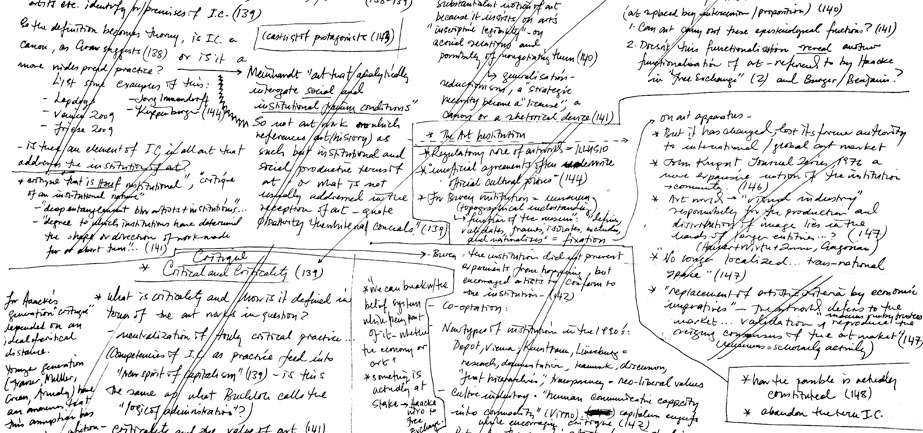 The Politics of Art
The Politics of Art
ABSTRACT
Current debates about political art or aesthetic politics do not take the politics of art into account. How can artists address social politics when the politics of art remain opaque?
 The Politics of Art
The Politics of ArtCurrent debates about political art or aesthetic politics do not take the politics of art into account. How can artists address social politics when the politics of art remain opaque?
The period between the 1940s and 1970s saw a radical expansion of art into public space; it took the form of protest, confrontation and provocation. Continue reading INTRODUCTION
The narrative of avant-garde art is a series of shifts in a controversy that revolves around whether artists should practice critique by withdrawing into artistic autonomy, or to abandon the autonomy of art and practice political art. Continue reading INSTITUTIONALISED CRITIQUE
The concept of the autonomy of art lays claim to the appreciation of art as art. Devoid of any practical function, works of art are evaluated aesthetically and independently of any instrumental imperatives (social, moral, economic, pedagogic etc.). Continue reading VICISSITUDES OF AUTONOMY
The institution of art is articulated through dominant forms of art practice, discourse, pedagogy, modes of display, dissemination and reception. Continue reading GREAT EXPECTATIONS
The economic crisis of 2008 initiated a shift in the political climate on a global scale: government policies have drifted towards the right and we have grown accustomed to a permanent state of war and the tightening of surveillance and bureaucracy. Continue reading CONCLUSION